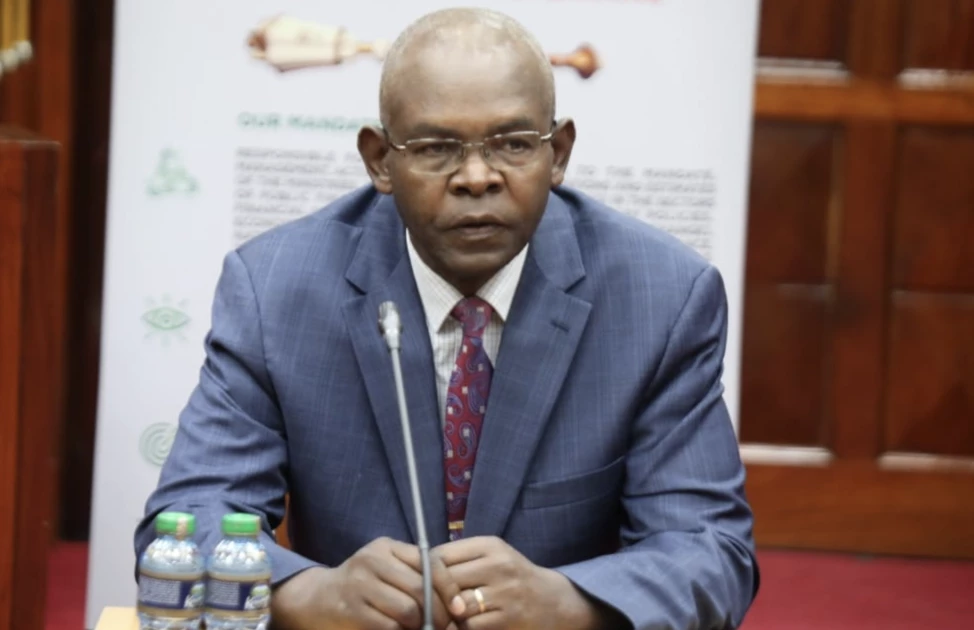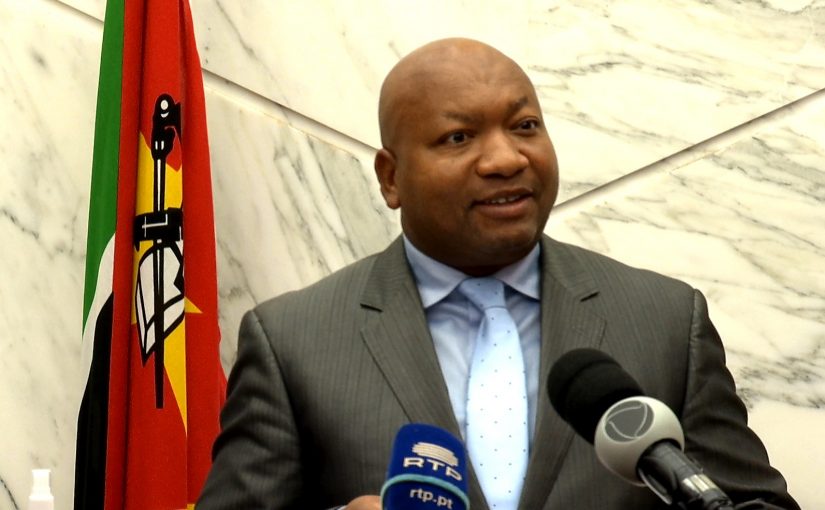Kenya Liquidity Peak Masks Underlying Fiscal Fragility
BZ=F steady near USD 75 as KES=X trades around 129 and ^TNX holds near 4.0%; Kenya’s record USD 12 bn reserves ease FX risk, but Eurobond spreads above 600 bps show liquidity gains without structural external repair.

Kenya’s foreign exchange reserves rose to a record KSh 1.6 trillion in mid-October 2025, equal to USD 12.1 billion at the prevailing USD/KES rate of 128.7–129.5 (KES=X). The increase reflects inflows from a USD 1.5 billion dual-tranche Eurobond issued on 3 October 2025 and the settlement of USD 628 million in 2028 note buybacks, which temporarily boosted the Central Bank of Kenya’s (CBK) foreign-asset stock. Reserves now provide 5.3 months of import cover, above the official adequacy threshold. Yet the underlying signal is liquidity, not solvency: the buffer stems from term borrowing rather than a structural improvement in the current account or export base.
Transmission effects are clearest in FX, rates, and risk-premium channels. The shilling has strengthened from 161 per USD in March to about 129 as FX visibility improved and CBK tightened interbank liquidity, reducing volatility and narrowing forward-market points. Inflation eased to 4.6 percent year-on-year in September 2025, within the 5 ± 2 percent target range, enabling the CBK to cut its Central Bank Rate to 9.25 percent on 7 October from 9.50 percent. The 91-day Treasury bill yield, at 7.9 percent, reflects stable real short-term rates consistent with restrained liquidity conditions. With the U.S. 10-year yield (^TNX) near 4.0 percent, global funding costs remain high but predictable, containing imported rate volatility.
Macro fundamentals show short-term liquidity gains without structural rebalancing. The current-account deficit averaged 3.1 percent of GDP in the 12 months to February 2025 and is projected near 4 percent for the full year, as lower tea and horticulture prices offset higher volumes. Twelve-month remittances total USD 5.1 billion, partially cushioning goods-trade deficits. Public and publicly guaranteed external debt stands near USD 42 billion, about 34 percent of nominal GDP (~USD 125–130 billion), while total public debt exceeds KSh 11.5 trillion (~70 percent of GDP). Brent (BZ=F) and WTI (CL=F) prices hovering in the USD 70–80 range have moderated fuel-import costs, improving the near-term FX balance but not yet altering Kenya’s structural dependence on capital-goods imports.
Investor reaction has been positive but discriminating. The new Eurobond narrowed near-term refinancing risk, compressing mid-curve yields by 100–150 basis points since August and flattening the 2031 and 2033 spreads around 600 basis points over U.S. Treasuries. Domestic yields eased modestly, while onshore equities rallied. The NSE All Share Index rose 44 percent year-to-date into mid-October, led by banks and telecoms benefiting from improved FX convertibility and stronger earnings visibility. Liquidity gains strengthened bank balance-sheets via carry on government paper, but private-sector credit growth remains constrained by high real borrowing costs and limited fiscal space. Crowding-out persists as the Treasury continues to fund a fiscal deficit near 5 percent of GDP, keeping local-term premia elevated despite tighter liquidity management.
In regional context, Kenya’s FX position now sits above peers such as Ghana, whose reserves cover 3–4 months of imports, and close to Nigeria’s buffer on a GDP-adjusted basis. However, composition matters: Kenya’s increment is debt-funded and therefore temporary unless paired with fiscal consolidation and export diversification. External solvency will improve only if primary balances tighten and net FX inflows derive from non-debt sources. With U.S. real yields remaining above 2 percent and the dollar index at multi-year highs, investors continue to reward transparent issuance calendars, credible FX frameworks, and fiscal discipline.
Forward verification is quantifiable. Sustaining reserves above USD 10 billion through mid-2026 while keeping the current-account deficit below 4 percent of GDP would demonstrate resilience independent of bond inflows. Reducing hard-currency spreads toward 500 basis points within 12 months and anchoring headline CPI near 5 percent would confirm macro credibility. A stable KES below 135 per USD over the next year would validate exchange-rate discipline and reduced imported inflation. Absent these markers, the record reserve level will represent a cyclical liquidity peak rather than a structural reform turning point, and Kenya’s cost of capital will remain vulnerable to global rate shocks and domestic fiscal drift.





